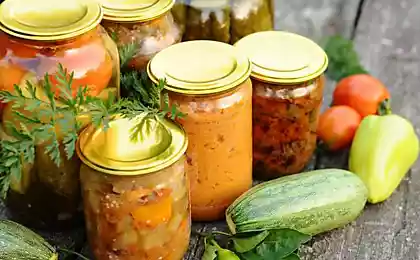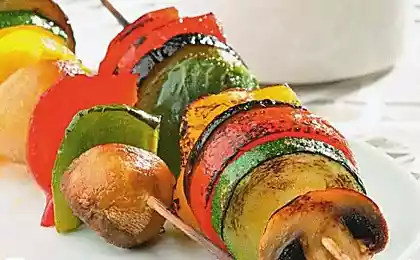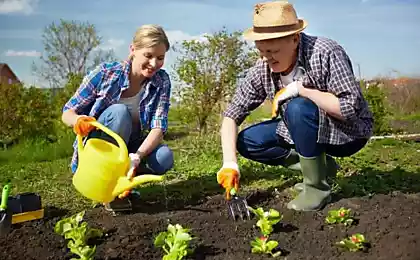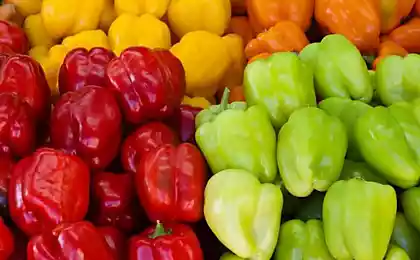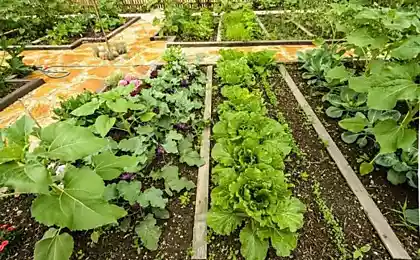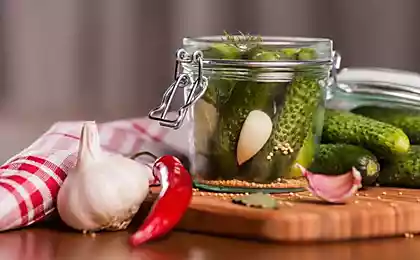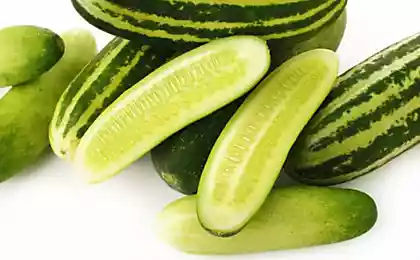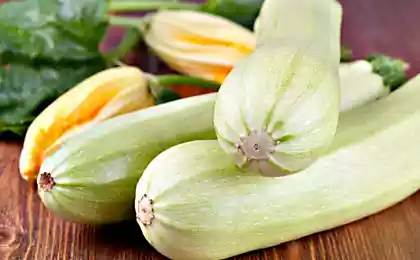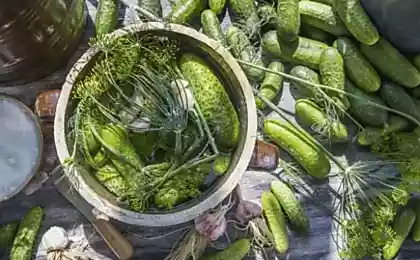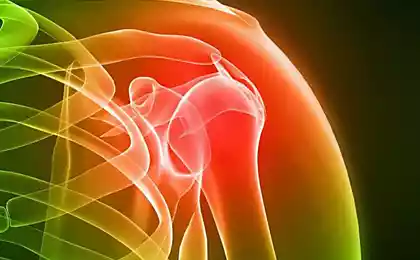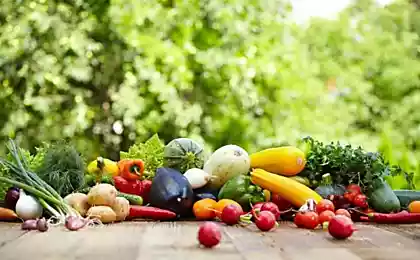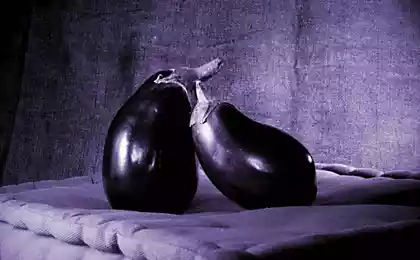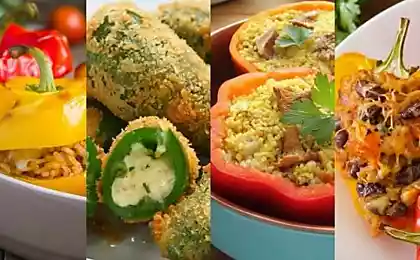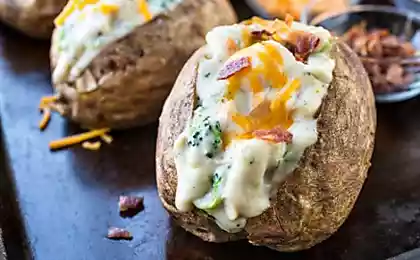570
Why and how to grow their own vegetable seeds
I will try to communicate clearly about growing their seeds. Any vegetable seeds selected the BEST fruit from the BEST of the Bush, growing up in the most ADVERSE conditions. Yes, Yes, I misspoke. We're sick of the plants soft.
This does not mean that over seed plants must be fun. But if you have a very arid area with compacted, but still long for salty soil, shortage of irrigation water, do not try to create to the testes exclusive terms, and that's what you recommend reference books for seed production. Now, details on the cultures.
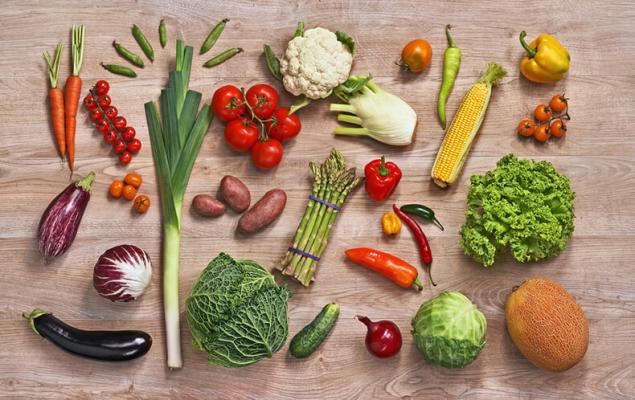
Nightshades – tomatoes, peppers, eggplant, potatoes.
Peppers have decided to pick off the first flower to hive gave more fruit. Now for the seed we leave this particular flower. First percina will produce the best seeds, but you need to accept the fact that this is the best Bush, a large harvest will not be pleased.
Working here is a rule for all vegetable plants – if you leave the fruit until full maturation, then the seeds gives Bush all the power and already little knots of young fruitlets. A large crop can not be expected. Why pluck the cucumbers as often as possible. Percino brought to full maturity, but this is the case, somewhere else a day or two aged, and then extracted the seeds, and pepper gladly eaten.
This same technology come with eggplant. Only ripe eggplant is inedible. Contain a lot of solanine, like green potatoes, and they can be poisoned.
Tomatoes – overripe fruits reduced seed germination. Recommended for seeds well to remove the brown fruit of the day 2-4 to deteriate, and then together with the juice squeeze into the jar, and give it the juice to ferment in a warm place too, a couple of days, the seeds had sprouted. Then the whole thing washed in a strainer under running water. I do it in the fermenting mass was poured into water, a spoon stir well and quietly poured the water from the fermented mass, and viable seeds sink to the bottom. Then again fill with water and now drained on a strainer.
In the digging of potatoes smart people suggest not to put it in one pile, and harvest from each Bush clumps left in place. And then do a visual audit. All tubers from the most productive bushes left to fit.
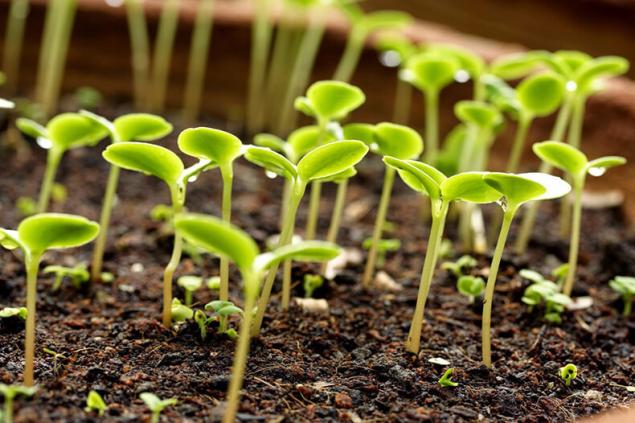
Melons – pumpkins, squash, cucumbers.
Similarly, bring the fruit to technical ripeness and extract the seeds. Eat pumpkin, ripe squash is also edible, and like a pumpkin stored all winter in the room. But the seeds of cucumbers, like tomatoes, it is desirable to ferment on the same technology.
Cabbage and root crops produce seeds in the second year of life. In the literature recommend for the winter all this is to dig up and store until spring in the cellar, and in the spring to plant again in the ground. I live 40 km North of Rostov-on-don, and we, too, are frosts to – 20 — 30, but root vegetables and cabbage survive. Very early in the spring, I already cook soup from fresh green cabbage leaves. Awesome tasty. But I digress. See each in its climate and adapt. If in the shelter, the plants do not freeze, why dig them up?
The roots I refer parsnips, carrots, parsley, celery, beets, turnips, radish, dikoni, cumin, Scorcher. This dvuhletki. Flower and fruit the second year, and cabbage.
Without prejudice to the harvest to rejuvenate the raspberry patchGarden without chemicals: 12 gold tips
Radish, if it is not to pull out, flowering and fruiting in the first year. The radishes I want to emphasize, leave the seeds in the earliest and large radishes, which is probably hard to do, but will have to get used to. The same applies to other root vegetables – seeds are the best.published
Author: Galina Tokarenko
Source: www.pervorod.ru/blog/kak-vyrastit-svoi-semena-ovoschey
This does not mean that over seed plants must be fun. But if you have a very arid area with compacted, but still long for salty soil, shortage of irrigation water, do not try to create to the testes exclusive terms, and that's what you recommend reference books for seed production. Now, details on the cultures.

Nightshades – tomatoes, peppers, eggplant, potatoes.
Peppers have decided to pick off the first flower to hive gave more fruit. Now for the seed we leave this particular flower. First percina will produce the best seeds, but you need to accept the fact that this is the best Bush, a large harvest will not be pleased.
Working here is a rule for all vegetable plants – if you leave the fruit until full maturation, then the seeds gives Bush all the power and already little knots of young fruitlets. A large crop can not be expected. Why pluck the cucumbers as often as possible. Percino brought to full maturity, but this is the case, somewhere else a day or two aged, and then extracted the seeds, and pepper gladly eaten.
This same technology come with eggplant. Only ripe eggplant is inedible. Contain a lot of solanine, like green potatoes, and they can be poisoned.
Tomatoes – overripe fruits reduced seed germination. Recommended for seeds well to remove the brown fruit of the day 2-4 to deteriate, and then together with the juice squeeze into the jar, and give it the juice to ferment in a warm place too, a couple of days, the seeds had sprouted. Then the whole thing washed in a strainer under running water. I do it in the fermenting mass was poured into water, a spoon stir well and quietly poured the water from the fermented mass, and viable seeds sink to the bottom. Then again fill with water and now drained on a strainer.
In the digging of potatoes smart people suggest not to put it in one pile, and harvest from each Bush clumps left in place. And then do a visual audit. All tubers from the most productive bushes left to fit.

Melons – pumpkins, squash, cucumbers.
Similarly, bring the fruit to technical ripeness and extract the seeds. Eat pumpkin, ripe squash is also edible, and like a pumpkin stored all winter in the room. But the seeds of cucumbers, like tomatoes, it is desirable to ferment on the same technology.
Cabbage and root crops produce seeds in the second year of life. In the literature recommend for the winter all this is to dig up and store until spring in the cellar, and in the spring to plant again in the ground. I live 40 km North of Rostov-on-don, and we, too, are frosts to – 20 — 30, but root vegetables and cabbage survive. Very early in the spring, I already cook soup from fresh green cabbage leaves. Awesome tasty. But I digress. See each in its climate and adapt. If in the shelter, the plants do not freeze, why dig them up?
The roots I refer parsnips, carrots, parsley, celery, beets, turnips, radish, dikoni, cumin, Scorcher. This dvuhletki. Flower and fruit the second year, and cabbage.
Without prejudice to the harvest to rejuvenate the raspberry patchGarden without chemicals: 12 gold tips
Radish, if it is not to pull out, flowering and fruiting in the first year. The radishes I want to emphasize, leave the seeds in the earliest and large radishes, which is probably hard to do, but will have to get used to. The same applies to other root vegetables – seeds are the best.published
Author: Galina Tokarenko
Source: www.pervorod.ru/blog/kak-vyrastit-svoi-semena-ovoschey
